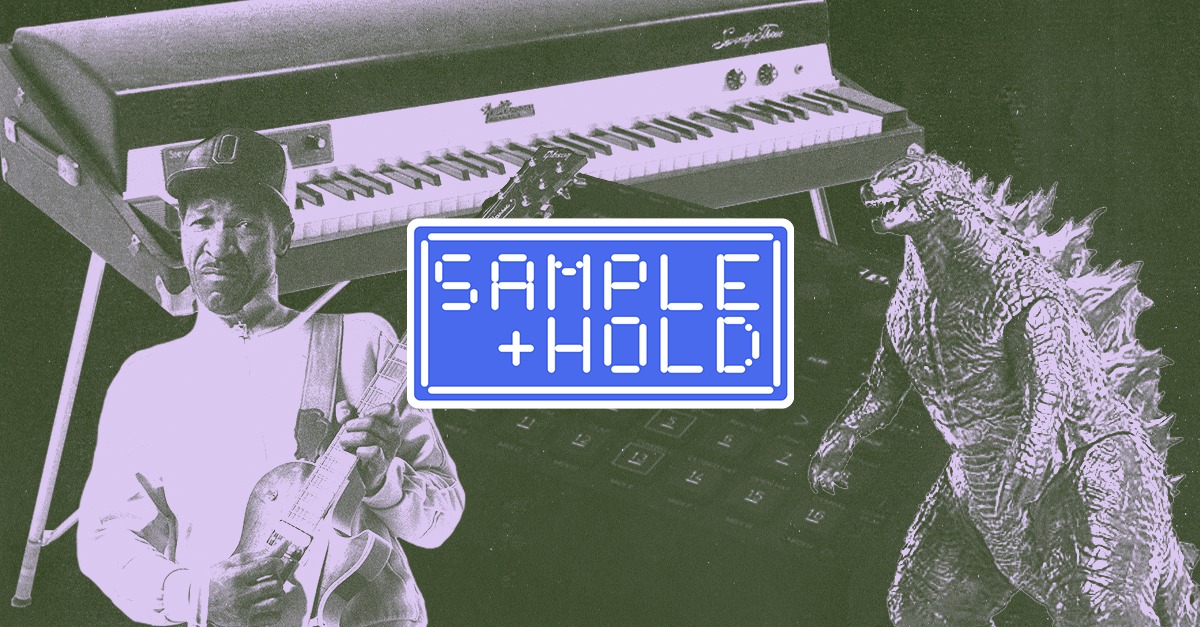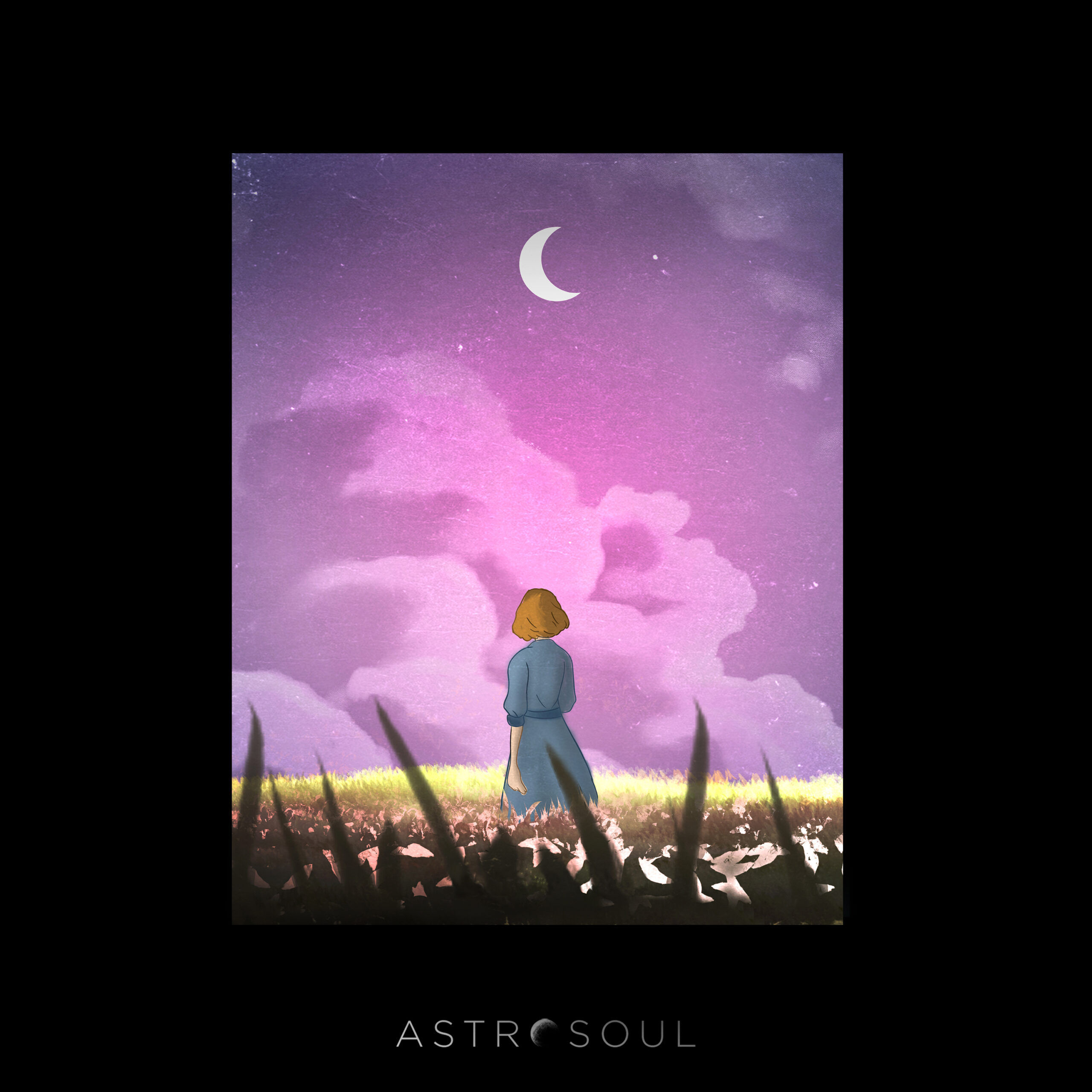
Sample and Hold: Making a Lo-Fi Beat With AI

Welcome to Sample and Hold, the series on the LANDR Blog where we highlight one unique crate-digging session and the digger’s gold we came back with using Selector—the world’s first AI sample recommendation tool.
Lo-fi music is such a hot commodity these days.
Every streaming channel has a selection of playlists with constantly updated tracklistings full of chilled out lo-fi style beats.
Lo-fi is a pretty fun genre of beat making to dive into too, especially when you have loops with all the right textures at your fingertips.
I’ve noticed that there’s a ton of lo-fi beat construction kits and sample packs available on LANDR Samples.
So I thought that this edition of Sample and Hold could focus specifically on this genre.
It’ll be interesting to see what kinds of samples Selector turns up for my lo-fi beat.
Once I have a collection of samples, I’ll drop them in my Digitakt sampler and create something!
Starter sample: Dave Foreman Piano
For my starter sample I went with this longer piano loop from Dave Foreman’s sample pack.
I already knew I liked this pack because Dave is such a virtuoso and I enjoy working with his samples.
I was looking for something with a good amount of piano licks and chord hits since I can easily chop different parts of the loop up and create something entirely new in my sampler.
I can easily chop different parts of the loop up and create something entirely new in my sampler.
This loop is particularly long and has several different motifs.
I can already hear where I want to go with this lo-fi beat from it, so I think it’s a great start!
Selection one: OSST Rhodes
I hit the selector button on the Dave Forman loop and settled on this sample at the bottom of the first page of results.
I picked this sample because I liked its hoppy and cheerful sound.
I’m not sure why the sample mentions the classic Fender Rhodes electric piano in its name, the sample sounds a lot more like a flute section than the crunchy sound of the Rhodes.
My best guess is the lower end of the sample is based on a Rhodes patch, with some additional sound design to fill in the top end.
Either way, I think it’s a cool sample to counter my piano part.
Selection two: Godzillas Coming
Clicking the Selection button the “Rhodes” sample brought me to this spooky sample from Young Chop’s incredible sample pack.
I won’t hide that the title of the sample is what drew me to it in the first place, Godzilla’s Coming was an instant click for me.
I like the chromaticisms in this piano lick, and the lo-fi anime thriller sound design used in the sample made it an instant choice for my track.
My plan for this sample is to take advantage of the chimey high-end frequencies and use them as a shimmering high-end part that hovers over the low-end parts of my lo-fi beat.
Selection three: LOCO 808 Bass
Alright, time to find some low end.
After hitting the selector button on the Godzilla sample I filtered the results page for bass samples.
Ever since I dove into the Young Chop sample pack, I’ve been a little bit obsessed with finding cool 808 samples.
Ever since I dove into the Young Chop sample pack, I’ve been a little bit obsessed with finding cool 808 samples.
They’re so fun to work with because of their huge tone. I love the way 808s make my speakers shake the desk I work on when I cook up a beat.
The 808 is a staple in trap music, but it’s growing in popularity in lo-fi circles since lo-fi beatmakers are starting to add more trap elements to their beats.
This video from L.Dre is a great example of how 808s work in a lo-fi context.
Listening to the Selector results from the Godzilla sample, I found this great 808 loop that makes use of swooping note transitions.
I like the big tone and I think I can chop it into something that’ll work with the rest of my beat.
Selection four: AALN Top Hats
Okay, the last step for making a lo-fi beat is the drums.
It’s also probably the most important part since lo-fi beats use specific sounds and textures.
Because I want control over the kicks and snares that I’ll add later in my sampler, I’m looking for a hi-hat top loop.
Lo-fi beats tend to gravitate toward the classic drum sounds that were sampled in 90s hip hop, they have a certain groovy swing that’s instantly recognizable.
Lo-fi beats tend to gravitate toward the classic drum sounds that were sampled in 90s hip hop.
The cool thing about working with a hi-hat loop is that you can put a swinging part into the beat without having to add any DAW swing to your track.
That means all you have to do is manually add the kicks and snare, either by playing them (my personal choice) or penciling them into the beat.
The finished product
It’s pretty fun working with an AI tool to find all your samples.
This small limitation is a wonderful way to open up creative windows and consciously find samples to work with very quickly.
Here’s what I was able to make once I threw all these samples into my Digitakt sampler.
Of course, I mastered the track with the help of LANDR.
Gear guides, tips, tutorials, inspiration and more—delivered weekly.
Keep up with the LANDR Blog.









